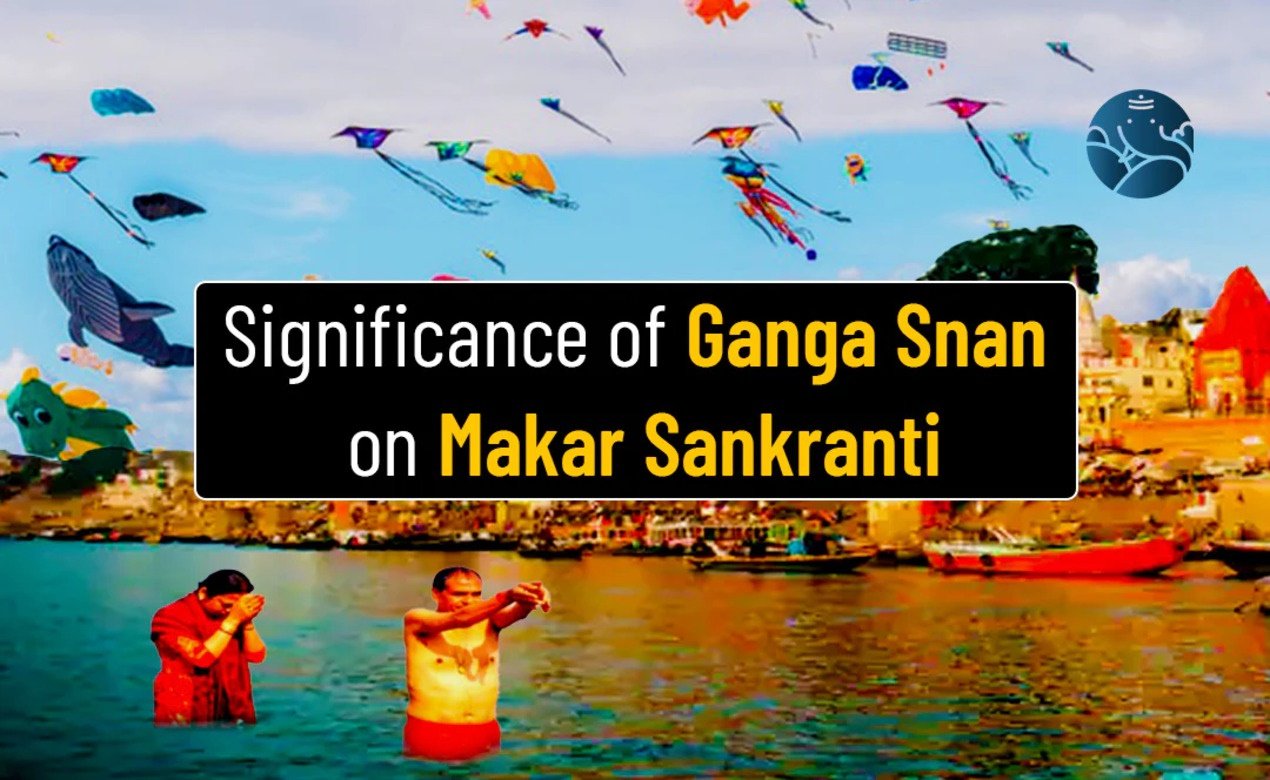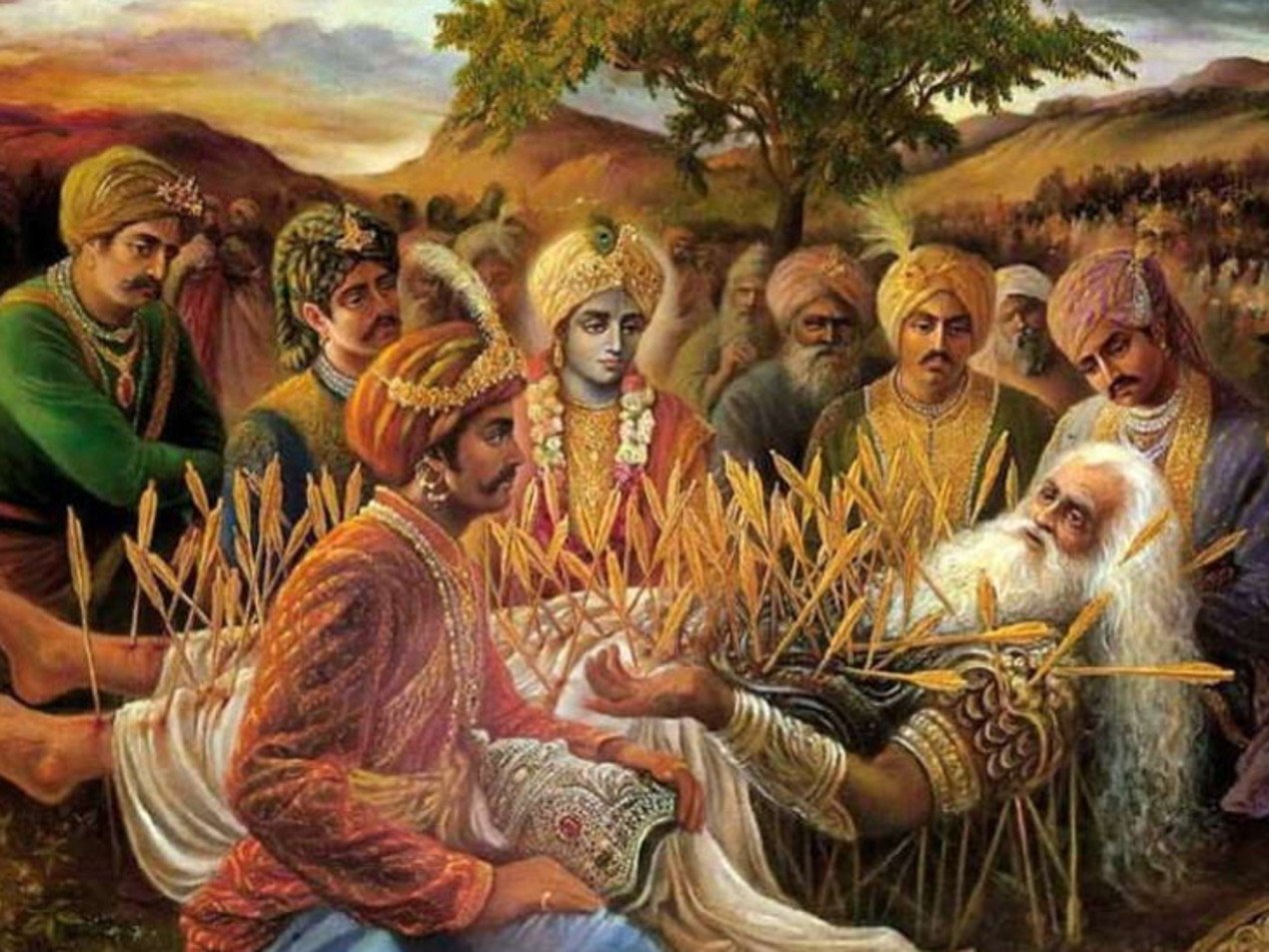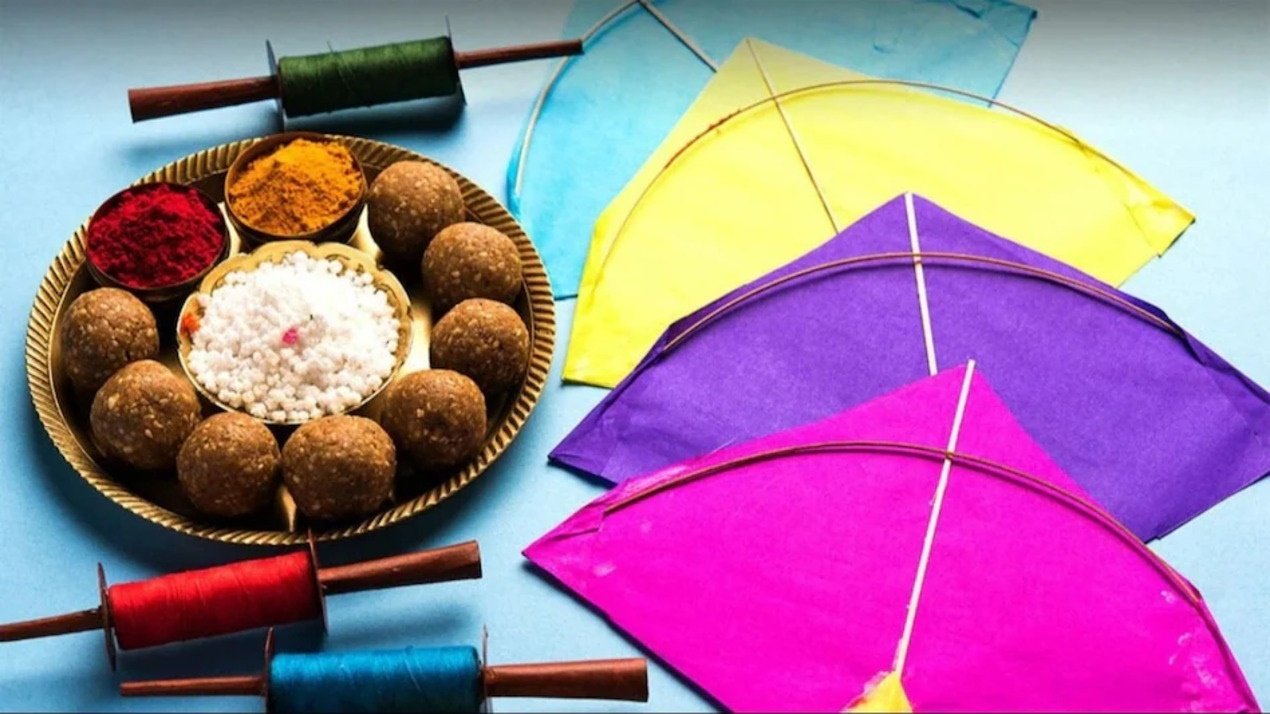Makar Sankranti is one of the most celebrated and culturally significant festivals in India. Marking the transition of the Sun into the zodiac sign of Capricorn (Makara Rashi), this festival is deeply rooted in Hindu traditions, astrology, and agricultural practices. In 2025, Makar Sankranti will be observed with great fervor across the country, accompanied by diverse rituals, regional customs, and symbolic festivities.
This article explores the exact date and time of Makar Sankranti 2025, its historical background, and its importance in the lives of millions who celebrate it every year.
Date and Time of Makar Sankranti 2025
Makar Sankranti is celebrated annually on January 14 or January 15, depending on the Sun’s movement into Capricorn. The festival’s timing is determined by solar calculations rather than the lunar calendar, making it unique from other Indian festivals.
In 2025, Makar Sankranti falls on Tuesday, January 14. The precise Punya Kaal Muhurat (auspicious time for rituals and activities) is as follows:
- Punya Kaal (Auspicious Time): 7:45 AM to 12:30 PM
- Maha Punya Kaal (Highly Auspicious Period): 7:45 AM to 9:00 AM
These timings are calculated based on the Sun’s exact transition into Capricorn, marking the beginning of Uttarayana, the northward journey of the Sun. Devotees often prefer this period for sacred activities such as taking holy dips in rivers, performing pujas, and donating to the needy.
Historical and Mythological Background of Makar Sankranti
Astronomical Significance
Makar Sankranti marks an important celestial event: the Sun’s entry into Capricorn and its northward journey, known as Uttarayana. This transition signals longer days, a symbolic victory of light over darkness, and the end of the harsh winter months. For agrarian societies, it represents the beginning of the harvest season, making it a time of joy and thanksgiving.
Mythological Origins
Several Hindu myths and legends are associated with Makar Sankranti, enhancing its spiritual significance:
- King Bhagiratha and the Ganges
According to Hindu mythology, it was on Makar Sankranti that King Bhagiratha completed his penance and brought the Ganges down to Earth to purify the ashes of his ancestors. This act of devotion and selflessness is commemorated by the ritual of taking holy dips in rivers.

- Lord Surya and His Son Shani
The festival is also linked to the relationship between Lord Surya (the Sun God) and his son Shani (Saturn). Despite their differences, Surya visits Shani’s abode on Makar Sankranti, symbolizing reconciliation and familial unity. - Mahabharata Connection
In the epic Mahabharata, it is believed that Bhishma Pitamah chose to leave his mortal body during Uttarayana, the sacred period that begins with Makar Sankranti. This highlights the auspicious nature of the festival.

Regional and Cultural Variations
Makar Sankranti is celebrated across India and beyond, but its customs and traditions vary widely depending on the region. Here’s a look at how it is observed in different parts of the country:
North India: Lohri and Kite Flying
In Punjab and Haryana, the day before Makar Sankranti is celebrated as Lohri, a festival that involves lighting bonfires, singing, and dancing. The main day is marked by kite-flying competitions, especially in Delhi and Uttar Pradesh, symbolizing freedom and joy.

South India: Pongal in Tamil Nadu
In Tamil Nadu, Makar Sankranti coincides with Pongal, a four-day harvest festival. Farmers thank the Sun God for a bountiful harvest, and the preparation of a special dish called Pongal—made with rice, jaggery, and milk—is a central ritual.
Maharashtra and Gujarat: Celebrating Unity
In Maharashtra, families exchange tilgul (sweets made of sesame seeds and jaggery) with the phrase, “Tilgul ghya, god god bola,” encouraging kindness and unity. In Gujarat, the day is synonymous with the International Kite Festival, attracting participants from across the globe.
Eastern India: Poush Sankranti
In West Bengal, Poush Sankranti is celebrated with great enthusiasm. Devotees take holy dips in the Ganges and offer prayers at the iconic Ganga Sagar Mela, held at the confluence of the Ganges and the Bay of Bengal.
Central India: Joy of Harvest
In Madhya Pradesh and Chhattisgarh, the festival highlights agricultural traditions. Women perform folk dances, and families prepare sweets made from jaggery, sesame, and rice.
Southern and Western India: Makaravilakku and Suggi
In Kerala, Makar Sankranti coincides with the Makaravilakku Festival at the Sabarimala Temple. In Karnataka, it is celebrated as Suggi, with farmers decorating their cattle and offering thanks for the harvest.
Key Rituals and Activities of Makar Sankranti
- Holy Dips in Rivers
The ritual of taking a dip in sacred rivers like the Ganges, Yamuna, and Godavari is a significant aspect of Makar Sankranti. It is believed that such acts cleanse sins and pave the way for spiritual liberation. - Offering Prayers and Donations
Charity holds immense importance during Makar Sankranti. People donate food, clothes, and money to the needy, emphasizing the virtue of selflessness. Worshipping the Sun God with offerings of water and flowers is another common practice. - Preparing Festive Delicacies
Food is an integral part of the celebrations. Special dishes made with sesame seeds, jaggery, and rice—such as tilgul ladoos, puran poli, and pongal—are prepared and shared with loved ones. These ingredients symbolize unity, warmth, and prosperity. - Kite Flying
The tradition of flying kites is particularly popular in northern and western India. The sky is filled with colorful kites, symbolizing the spirit of joy and freedom.

Astrological Perspective
From an astrological standpoint, Makar Sankranti marks the Sun’s entry into Capricorn, ruled by Saturn. This planetary alignment is believed to bring harmony and balance, making it an auspicious time for new beginnings, spiritual pursuits, and resolving conflicts. The shift also signals the start of Uttarayana, a period considered highly favorable for achieving personal and spiritual goals.
Global Celebrations and Cultural Influence
While primarily a Hindu festival, Makar Sankranti’s themes of harvest, gratitude, and renewal resonate with various cultures around the world:
- In Thailand, it is celebrated as Songkran, marking the Sun’s journey.
- In Nepal, it is observed as Maghe Sankranti, with traditions similar to India’s.
- In Sri Lanka, Thai Pongal mirrors the customs of Tamil Nadu.
- In Europe and North America, mid-January festivals honor the changing seasons, reflecting a universal connection to nature.
Significance of Makar Sankranti in Modern Times
Despite its ancient origins, Makar Sankranti remains highly relevant today. It serves as a reminder of the importance of gratitude, sustainability, and harmony. For farmers, it is a time to celebrate their hard work and the fruits of their labor. For spiritual seekers, it offers an opportunity to connect with higher truths.
Moreover, the festival promotes community bonding through shared meals, collective prayers, and vibrant festivities. It transcends religious and cultural boundaries, fostering unity and mutual respect.
Conclusion
Makar Sankranti 2025 is not just a date on the calendar; it is a celebration of life, light, and renewal. Its historical and spiritual roots make it a festival of immense importance, while its vibrant customs and rituals bring joy to millions.
As the Sun begins its northward journey, Makar Sankranti reminds us of the cyclical nature of existence, the importance of gratitude, and the enduring power of hope. Whether through a holy dip in the Ganges, a shared tilgul ladoo, or the simple act of flying a kite, this festival continues to inspire and uplift, year after year.
Let us embrace the spirit of Makar Sankranti 2025, honoring traditions while looking forward to brighter days ahead.
